
Tokyo's eight-minute special effects are most likely to be holographic projection technology, because Rhizomatiks's use of this technology should be completely green. It stands to reason that the scene that the audience can see with the naked eye should be the same as what we saw in front of the TV.
However, some people in the industry expressed different opinions. The bright-faced CTO Xie Binglong stated in a recent media report that this effect may be achieved through synthesis. It is just a piece of CG that is inserted in the live broadcast because the screenshots of the broadcast video show special effects. The moment there was no spectator in the stands.
Considering that Rhizomatiks often used this technology for concerts, the closing ceremony occupies a larger area than concerts, and may affect lighting, camera capture, and other sensing devices. The argument is also possible.
This helmet is an Indiegogo crowdfunding project initiated by Weller Brothers. This helmet will be equipped with all the functions of the on-board system, such as GPS positioning, voice control, rear view camera, connection with mobile phones and other functions. It was hailed as a revolutionary technology product by locomotive enthusiasts and professional players.
After quickly reaching the crowdfunding amount, their supporters did not stop and they helped them to reach $2.4 million in a total of 2,200 supporters. In the ensuing six months, they received support of 11 million U.S. dollars. Everything looks so smooth. It seems that soon, they will be able to come up with an exciting product.
However, this article is not intended to tell how a start-up company overcomes the hardships and difficulties and successfully produced the world's coolest AR equipment. On the contrary, the story of how they went bankrupt.
Oculus thinks Daydream is not as good as Gear VR. Really?Recently, at the Cologne game show, UPLOAD of foreign media asked Nate Mitchell, vice president of Oculus Products, about the competitive relationship between Gear VR and Daydream. Nate said that in cooperation with Samsung, there has been a lot of investment in hardware and a high-quality VR experience has been achieved. This is only to support Samsung's mobile phones, and Google will have to face more mobile phones, which will become even more difficult.
In his opinion, Google may face a diverse Android ecosystem equipped with Daydream. Specifically, he believes that fragmentation may be a big problem. If Google only targets mobile phones with OLED screens, this will narrow the scope of their support for mobile phones, but for the first time Google releases mobile platforms, they still have many challenges.
The first experience of the Fingero module released by uSens: a new choice for VR gesture interaction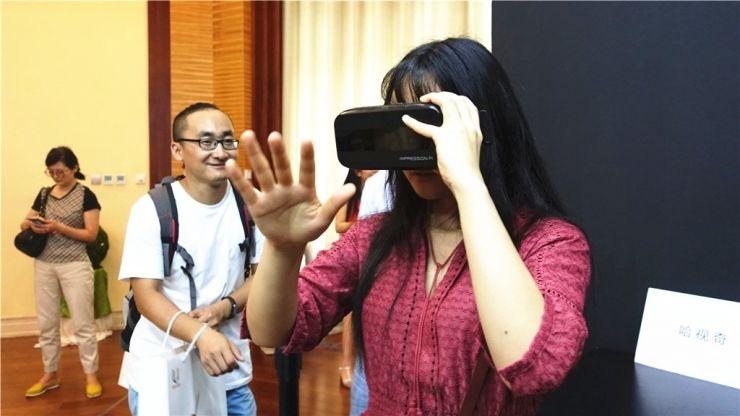
There are three versions of the Fingo module released this time: Fingo, Color Fingo, and Power Fingo.
Fingo has two infrared cameras with a resolution of 640×480, a working distance of 5-70 cm, frames of 60 FPS, and a field of view of 140 degrees horizontally and 122 degrees vertically. The official said that it allows the device to have 26 degrees of freedom gesture tracking (referring to a total of 26 degrees of freedom for all fingers combined) and marker-based location tracking, and to minimize battery and running costs.
Color Fingo has two RGB cameras with a resolution of 1280×720, a working distance of 1-3 m, an angle of field of view of 115 degrees and a vertical angle of 90 degrees, and a frame rate of 60 FPS. It adds on-out 6-DOF position tracking and ARVR scene switching to Fingo.
Power Fingo has four cameras, two infrared and two RGB. Based on the first two functions, it also integrates a battery and Qualcomm Snapdragon processor.
In addition to the above three products, the company also introduced a reference design for a mobile VR-based all-in-one, featuring the Qualcomm Snapdragon 820 processor, the dual-screen, and the integration of the Fingo module with a gesture of 26 degrees of freedom, 6 Freedom head position tracking and AR overlay functionality.
Mobile VR Light Interaction: This company uses a mobile phone camera for gesture recognition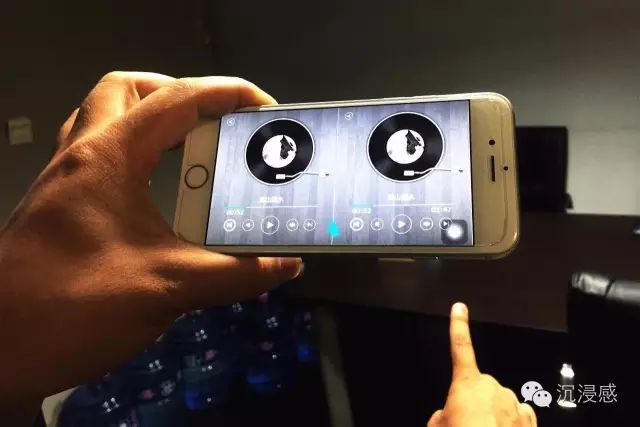
Probably many companies are aware of the lack of interactions with mobile VR, and various interactive solutions have emerged this year. There is a direct positioning of the Outside in space on the machine; Leap Motion, uSens, and Micro Motion do binocular camera gesture tracking; and there is the Intel Out with Android's Inside out space positioning, Google Daydream's 3 degree of freedom handle and many more.
Now there is another domestic startup company that has entered this field and has made a mobile VR interactive solution based on a mobile phone camera. This Beijing startup is called Ying Meiji and its product is called Hand CV. Compared with the aforementioned interactive solutions, the biggest feature of the Hand CV is its lightness. No extra hardware is needed. It is only implemented through the camera and software of the mobile phone, and it is free to authorize.
Pico: On the Daydream platform, with mobile VR "just right"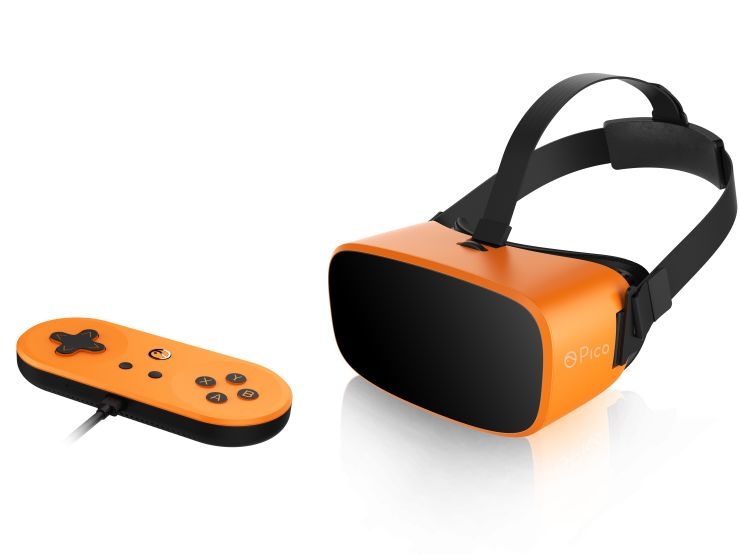
If we refer to the rapid popularization of smart phones, we will find that the thousand yuan machine plays a crucial role in it. According to the news of the VR in the previous interview with the author, at present, under the category of VR all-in-one, the largest shipment is the thousand yuan machine. However, Zhou Hongwei believes that the function of the thousand dollar machine is not much different from that of the Cardboard. It is not so much a function of the education market as it is the “harmful†experience of the VR device.
It is well known that although the thousand-one machine also has basic VR functions, due to its hardware parameters, these devices can be used to watch videos once they need a low-latency, high-performance output experience such as VR games. The user can only feel vertigo and feel no fun at all. To make a device that does not harm the VR experience, at present, mobile devices must achieve the same configuration as the current flagship smart phones, and according to Zhou Hongwei, these "Ray" Picos are all scratching their heads.
Magic Leap's patent application exploded, but the product is still a mystery?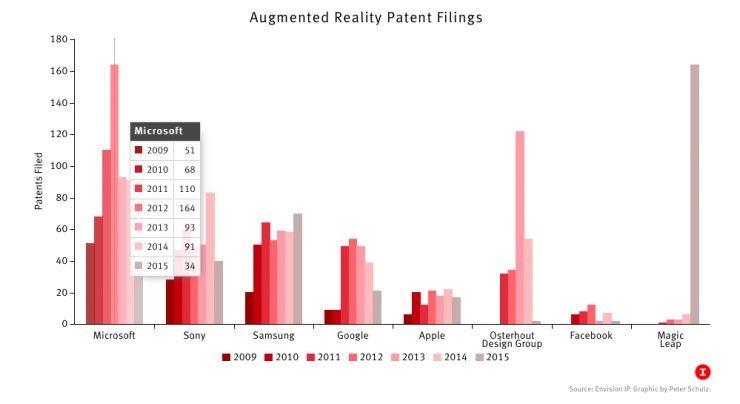
The patent application data above is from Envision IP. They mainly focus on patent analysis and approval. (The data for 2015 is not complete because the patent application needs to wait until 18 months after the company submitted the application to disclose it to the outside world.)
Between 2009 and 2015, Microsoft applied for more than 600 AR patents, but in 2012, it had 164 patent applications. This was followed by Samsung. In the same period, they applied for 374 patents, while Sony was slightly less. At the same time, Google applied for 230 items, 177 for Maigc Leap and 166 for Apple. Also active in the AR patent application is the American startup Ostherout Design Group, which applied for 122 patents in 2013 and was ranked fourth at the time.
At the same time, Magic Leap’s patent application last year was a substantial increase. It is clear from the chart that compared with other companies, the company had very few patent applications from 2009 to 2014, and the number of applications in 2015 alone reached 164. Although we are still seeing some amazing video presentations, we can't stop investors from valuing them. Maulin Shah, a managing lawyer at Envision IP, said, "Perhaps they have been optimizing their own technology and IP strategy before filing a large number of patent applications."
Obama's VR movie debut was dedicated to...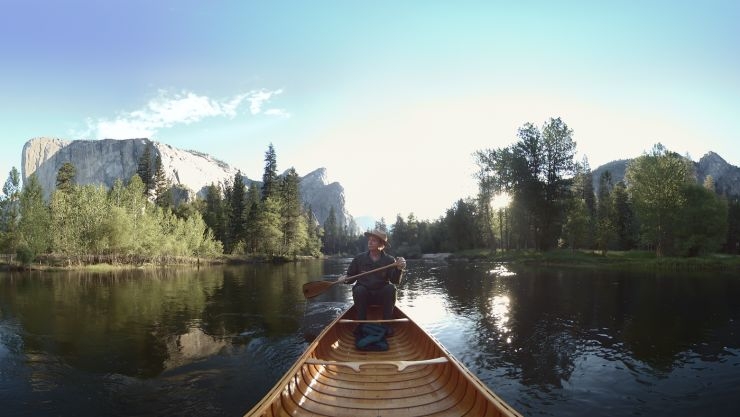
The current VR debut of President Barack Obama of the United States is not accidentally dedicated to the most beloved national park in the United States. This VR video was shot by Oculus, National Geographic, and VR studio Felix & Paul to President Barack Obama. This unique VR experience is to commemorate the centennial completion ceremony of the National Park.
The film, Through the Ages, has been available for download in the Oculus Store, but it is currently only available on Gear VR and Facebook 360° videos (I believe it will be available soon on the Oculus Rift). . This film takes full advantage of the immersion of VR technology - at least the feelings it brings are real and not rendered by computer. Because it is a real three-dimensional shot, its depth of field is superior to other 360° videos, making you feel as if you are standing on top of a hill or under the tallest tree in the forest. It can be said that it is one of the clearest VR videos to date, much clearer than the VR video we have seen broadcasting the Olympic Games.
